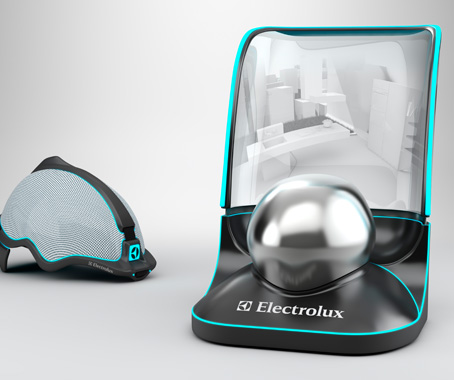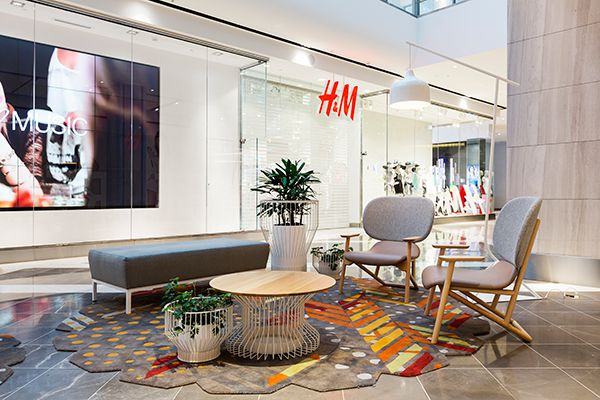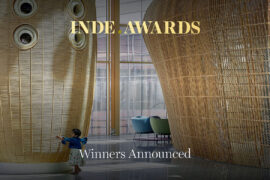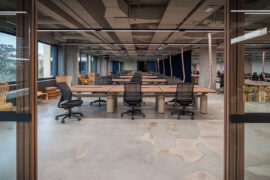An Australian industrial design student is one of eight from around the world to reach the final of the Electrolux Design Lab 2010.
October 14th, 2010
Daniel Dobrogorsky, from Monash University, impressed the judges with his ‘Kitchen Hideaway’ vision, a concept that tackled the brief head on: To create a product, which overcomes the challenges of living in 2050, when 74% of the global population are predicted to live in an urban and compact environment.
Dobrogorsky’s futuristic entry is a device and system combined, allowing the user to create their own virtual kitchen to prepare food, without physically requiring space.
The Kitchen Hideaway is designed to overcome the foreseeable spatial limitations of a society envisaged by Dobrogorsky – where people live with minimal space, in communal buildings within the Mega cities of 2050.
By simply attaching the headset, each individual engages in a virtual cooking experience, rendering physical appliances such as a fridge or hotplate redundant.
Having cooked your virtual meal, the digital instructions are sent to the building’s ‘Food Factory’, an automated robotic kitchen where your real meal is then prepared and delivered.
Inspired by the postmodern notion of hyper-realism as well as current trends in interactive gaming and social media, Dobrogorsky explains that people in fact relish living in hyper-reality:
“Consumers enjoy escaping the natural world in a cognitive sense – that’s why it could be used in a functional space-saving sense in the future.”
The winning entry was awarded to Peter Alwin of the National Institute of Design in India for his invention of ‘The Snail’, a portable heating and cooking device.
Electrolux Design Lab
electroluxdesignlab.com

The Kitchen Hideaway

The Snail by Peter Alwin
INDESIGN is on instagram
Follow @indesignlive
A searchable and comprehensive guide for specifying leading products and their suppliers
Keep up to date with the latest and greatest from our industry BFF's!

Gaggenau’s understated appliance fuses a carefully calibrated aesthetic of deliberate subtraction with an intuitive dynamism of culinary fluidity, unveiling a delightfully unrestricted spectrum of high-performing creativity.

A longstanding partnership turns a historic city into a hub for emerging talent

The Building Code of Australia is the go-to bible for industry standards and regulations covering everything from floor coverings, to building materials, and construction details. We thought we’d take a look at one section of the BCA that covers the creation of rugs and consulted some industry experts on how much they know about the BCA.

With Screenwood panels you don’t have to prioritise function over form.

With space management an ever-relevant consideration to take into mind when designing for workspaces, it’s sometimes easy to forget the practical matters should take priority – designing an office that enables productive, meaningful work.
The internet never sleeps! Here's the stuff you might have missed

On the evening of Thursday 31st July the winners of the 2025 INDE.Awards were announced at a spectacular VIP gala at Saltbox in Sydney, Australia. The night was a celebration of the outstanding people and exemplary projects and products from across our region and showcased the incredible talent that resides within the Indo-Pacific.

The client’s brief was clear: create an environment that honoured FIN’s heritage while embracing its future. For Intermain, that meant rejecting the idea of the corporate, “boring” office and instead leaning into a space that would inspire, connect, and surprise.